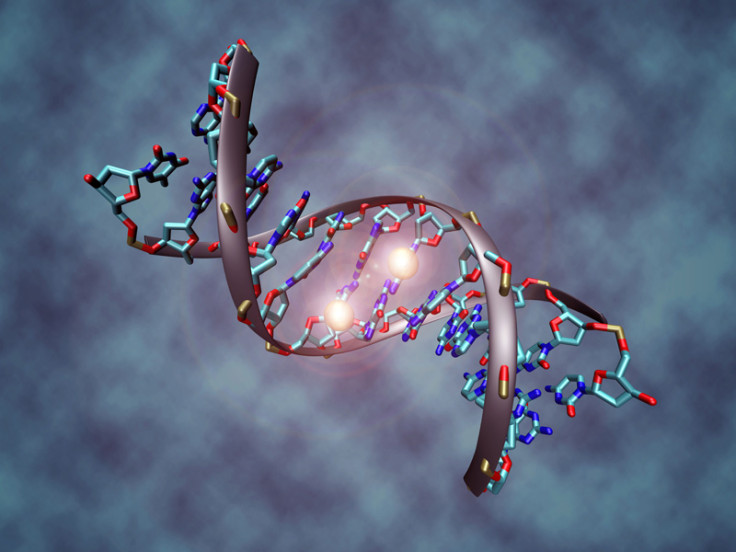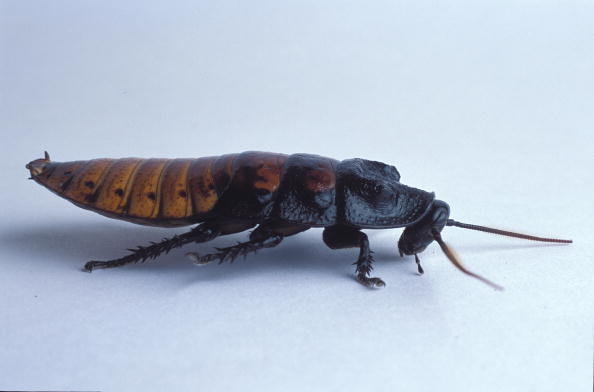Living DNA Nanobot Computers Could be Injected into Humans to Beat Cancer

Scientists at Harvard University and Bar IIan University in Israel have successfully injected tiny living DNA nanobots into live cockroaches to deliver drugs directly into the insects' cells.
Although it is still very early days, the same technique could be used to one day treat humans with cancer.
The DNA nanobots, also known as origami robots, are basically tiny living computers that work by folding and unfolding strands of DNA.
When DNA encounters a certain type of protein, it unravels and becomes two complementary strands to the protein.
This is how cancer cells spread through the body. The nanobots have the ability to create a particular DNA sequence that causes the strands to unravel if they come into contact with certain molecules, such as those of a diseased cell.
If the DNA strands were to unravel, then diseased molecules would unravel too and production of the cancer cells would stop.
Cockroach injections
"DNA nanorobots could potentially carry out complex programmes that could one day be used to diagnose or treat diseases with unprecedented sophistication," Daniel Levner, a bioengineer at the Wyss Institute at Harvard University told New Scientist.

The scientists' research paper, entitled "Universal computing by DNA origami robots in a living animal" has been published in the Nature Nanotechnology journal.
The team of researchers injected several kinds of nanobots into cockroaches. The nanobots were labelled with fluorescent markers allowing the scientists to follow each bot's progress and see how different combinations of robots affect the delivery of drugs within the insect.
"This is the first time that biological therapy has been able to match how a computer processor works," said the paper's co-author Ido Bachelet, of the Institute of Nanotechnology and Advanced Materials at Bar Ilan University.
The power of an 8-bit computer
The nanorobots are so accurate and efficient in delivering the drugs that they are like a computer system, and it would be possible to scale up the computing power of these tiny machines so that it was on par with that of an 8-bit computer from the 1980s, such as a Commodore 64 or an Atari 800.
"Unlike electronic devices, which are suitable for our watches, our cars or phones, we can use these robots in life domains, like a living cockroach," says Ángel Goñi Moreno of the National Center for Biotechnology in Madrid.
"This opens the door for environmental or health applications."
The scientists need to enhance the robots' stability so they can survive in mammals and it will likely take at least five years for preliminary trials to start on humans.
© Copyright IBTimes 2025. All rights reserved.






















